(after) Marcel Gromaire Lithograph after a watercolor, published in the book ''Lettre à mon peintre Raoul Dufy.'' Paris, Librairie Académique Perrin, 1965. Printed signature Dimensions: 30 x 24 cm Condition : Excellent Marcel Gromaire was born in 1892 in Noyelles-sur-Sambre in the north of France. He visits the countries of northern Europe of which the atmosphere profoundly influences his work. At a young age he goes to Paris and frequents many different Art Academies - Colarossi, Ranson and La Palette - and exhibits in 1911 at the Salon des Independents. Marcel Gromaire receives advice from Matisse and becomes passionate about roman, gothic and primitive art. He does his military service in 1913, and is wounded in combat in 1916 and will remain mobilized until 1919. He publishes drawings on the war, in ‘Le Crapouillot’ from 1916-1918. Friend with Laboureur, Marcel Gromaire starts his engraving on wood in 1918. Then towards 1921 he engraves on copper plates. Gromaire takes the position of a classical painter and represents his era in ‘Modern Art and Notes of Art Today’ that he publishes in 1919. He decides to paint figurative and realistic works and insists on the importance of the subject. His first solo exhibition is organized in 1921. He paints with somber tones, expressive canvases about the modern town and man who lives there. The war remains one of the themes that he tackles; he also paints portraits and female nudes. In 1934 he publishes a manifesto in the magazine “Esprit'' ''Art, the Invention of the Concrete”. In 1937 the artists paints murals for the Universal Exposition in Paris. Gromaire participates in the liberation of Paris in 1944 and 4 years later becomes vice-president of the National Union of Intellectuals, an organization that stemmed from the Resistance. The still-lives, nudes and social subjects will be the themes of a whole life. Gromaire will draw in a constant style, drawings of nature or from memory - he will illustrate numerous works. Tinted engravings also play an important role in his work. Gromaire becomes a teacher at the School of Decorative Arts in Paris from 1950-1968. Gromaire is in a league of his own, thanks to his mysterious and serious craftsmanship. He died in Paris in 1971.
(dopo) Marcel Gromaire Litografia da un acquerello, pubblicata nel libro "Lettre à mon peintre Raoul Dufy" Parigi, Librairie Académique Perrin, 1965. Firma stampata Dimensioni: 30 x 24 cm Condizione: Eccellente Marcel Gromaire è nato nel 1892 a Noyelles-sur-Sambre nel nord della Francia. Visita i paesi del nord Europa di cui l'atmosfera influenza profondamente il suo lavoro. In giovane età va a Parigi e frequenta diverse accademie d'arte - Colarossi, Ranson e La Palette - ed espone nel 1911 al Salon des Independents. Marcel Gromaire riceve consigli da Matisse e si appassiona all'arte romana, gotica e primitiva. Fa il servizio militare nel 1913, e viene ferito in combattimento nel 1916 e rimarrà mobilitato fino al 1919. Pubblica disegni sulla guerra, in 'Le Crapouillot' del 1916-1918. Amico di Laboureur, Marcel Gromaire inizia la sua incisione su legno nel 1918. Poi verso il 1921 incide su lastre di rame. Gromaire prende la posizione di un pittore classico e rappresenta la sua epoca in 'Arte moderna e note d'arte oggi' che pubblica nel 1919. Decide di dipingere opere figurative e realistiche e insiste sull'importanza del soggetto. La sua prima mostra personale è organizzata nel 1921. Dipinge con toni cupi, tele espressive sulla città moderna e sull'uomo che la abita. La guerra rimane uno dei temi che affronta; dipinge anche ritratti e nudi femminili. Nel 1934 pubblica sulla rivista "Esprit" un manifesto "Arte, l'invenzione del concreto". Nel 1937 l'artista dipinge murales per l'Esposizione Universale di Parigi. Gromaire partecipa alla liberazione di Parigi nel 1944 e 4 anni dopo diventa vicepresidente dell'Unione Nazionale degli Intellettuali, un'organizzazione nata dalla Resistenza. Le nature morte, i nudi e i soggetti sociali saranno i temi di una vita intera. Gromaire disegnerà con uno stile costante, disegni di natura o a memoria - illustrerà numerose opere. Anche le incisioni colorate giocano un ruolo importante nel suo lavoro. Gromaire diventa insegnante alla Scuola di Arti Decorative di Parigi dal 1950 al 1968. Gromaire si colloca in una categoria a sé stante, grazie al suo artigianato misterioso e serio. Muore a Parigi nel 1971.
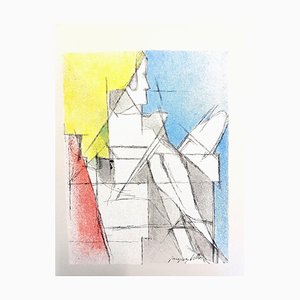
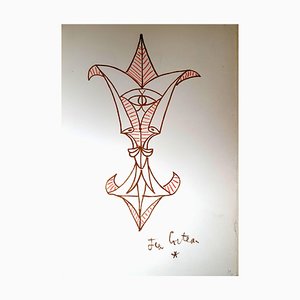
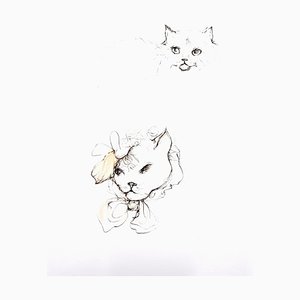


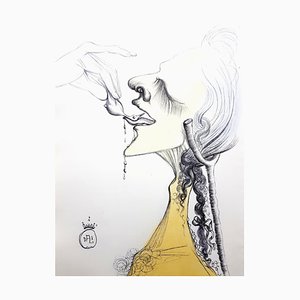
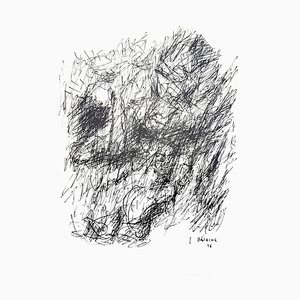
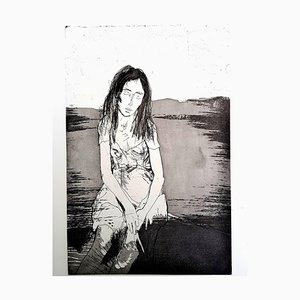
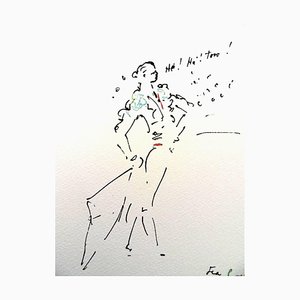
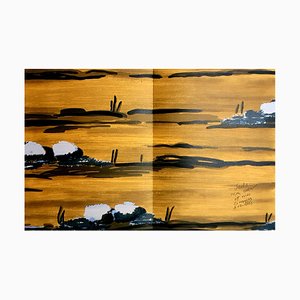
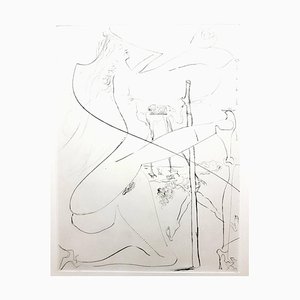
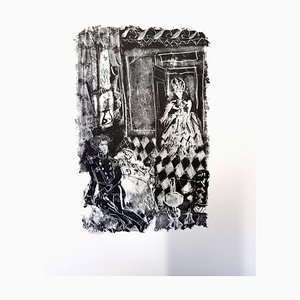


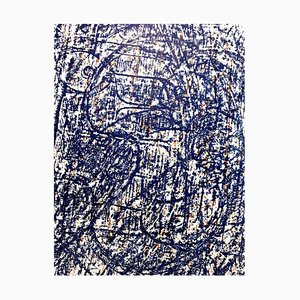
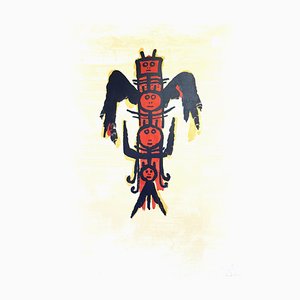

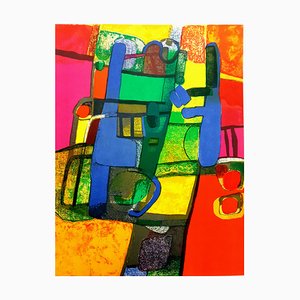
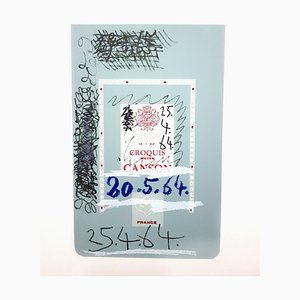
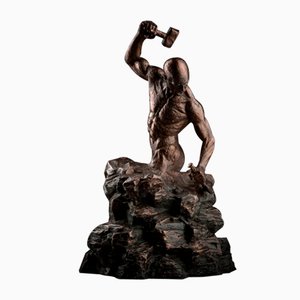
Contattaci
Fai un'offerta
Abbiamo notato che sei nuovo su Pamono!
Accetta i Termini e condizioni e l'Informativa sulla privacy
Contattaci
Fai un'offerta
Ci siamo quasi!
Per seguire la conversazione sulla piattaforma, si prega di completare la registrazione. Per procedere con la tua offerta sulla piattaforma, ti preghiamo di completare la registrazione.Successo
Grazie per la vostra richiesta, qualcuno del nostro team vi contatterà a breve.
Se sei un professionista del design, fai domanda qui per i vantaggi del Programma Commerciale di Pamono